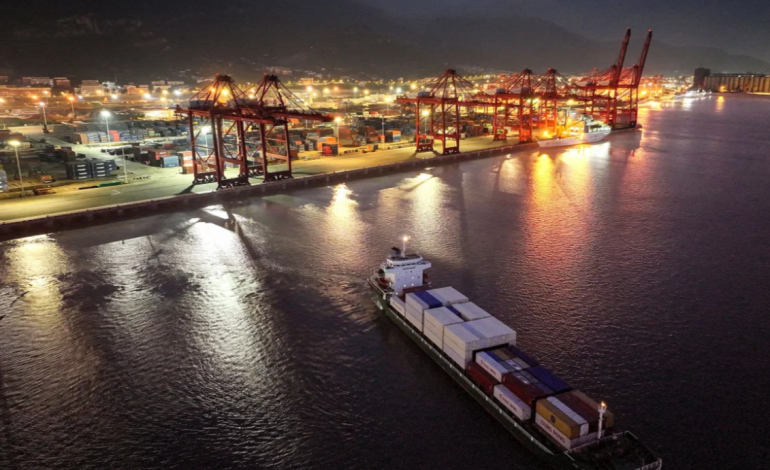As prices on everyday goods begin to inch upward, economists say the real impact of recent US trade policy is only just beginning to unfold.
The cause: a series of sweeping tariffs introduced by former President Donald Trump, which have targeted a wide range of imported goods — from raw materials to finished products — and are starting to affect prices on store shelves.
Although recent inflation data has remained relatively subdued, analysts caution that the slow-moving nature of supply chains and delayed cost pass-through means the true economic effects of the tariffs are only now surfacing.
The current rise in prices stems from several converging factors. Tariffs were rolled out gradually, beginning in early 2025, and often adjusted or delayed, which led to uncertainty in supply chains. At the same time, businesses bulked up inventories in late 2024 to get ahead of both tariffs and labor disruptions at key ports.
Imported goods often require weeks to arrive by sea and additional time to work through domestic manufacturing and distribution networks. In some cases, companies have been absorbing the increased costs temporarily. But that buffer is shrinking.
A Goldman Sachs analysis estimates that around 70% of tariff-related costs will ultimately be passed onto US consumers, with that number potentially rising if domestic suppliers also raise prices.
Data from the Bureau of Labor Statistics and private firms show a clear trend: prices are rising, especially in tariff-sensitive categories.
Appliance prices rose 0.8% in both April and May — the sharpest monthly increases in nearly four years.
Toys saw a 1.3% price hike in May, matching a four-year high.
Home goods and furniture prices have steadily climbed month-over-month since February, according to DataWeave, with a 4.7% increase by June.
Retailers like Walmart and Target are seeing even sharper increases. At Walmart, toy prices have jumped 7.4% since January.
Footwear, apparel, and accessories are also affected. Prices at department stores such as Macy’s have risen in recent months, with the company now forecasting lower earnings due to tariff-related cost pressures.
For now, the full weight of rising costs may not be immediately visible to all consumers. Summer typically sees more service-oriented spending — on travel, recreation, and leisure — which can obscure inflation in goods categories. But economists predict the pressure will intensify in the fall, during the back-to-school and holiday shopping seasons, when goods spending tends to peak.
“We’re at a turning point,” said Nicole Cervi, an economist at Wells Fargo. “Core goods inflation is expected to accelerate as tariffs make their way through the system.”
Looking forward, the situation remains fluid. While a recent trade agreement with Vietnam reduced tariffs on some goods from that country, new tariffs of up to 40% are still set to take effect on imports from various countries starting August 1.
Retailers are walking a fine line — trying to protect profit margins while also retaining customers increasingly wary of price hikes. Some, like Macy’s, are offering deeper discounts and expanding private-label offerings. Others may resort to “shrinkflation,” reducing product sizes rather than raising prices.
Despite these efforts, consumers are beginning to notice. At the Queens Center Mall in New York, shoppers report that basic clothing items like t-shirts and underwear are more expensive than in years past.
Economists say even modest inflation can weigh heavily on households already stretched thin by past price surges.
“Even if headline inflation doesn’t skyrocket,” said Tyler Schipper of the University of St. Thomas, “there’s still a real cost for consumers.”
With input from CNN and the Guardian.









The latest news in your social feeds
Subscribe to our social media platforms to stay tuned